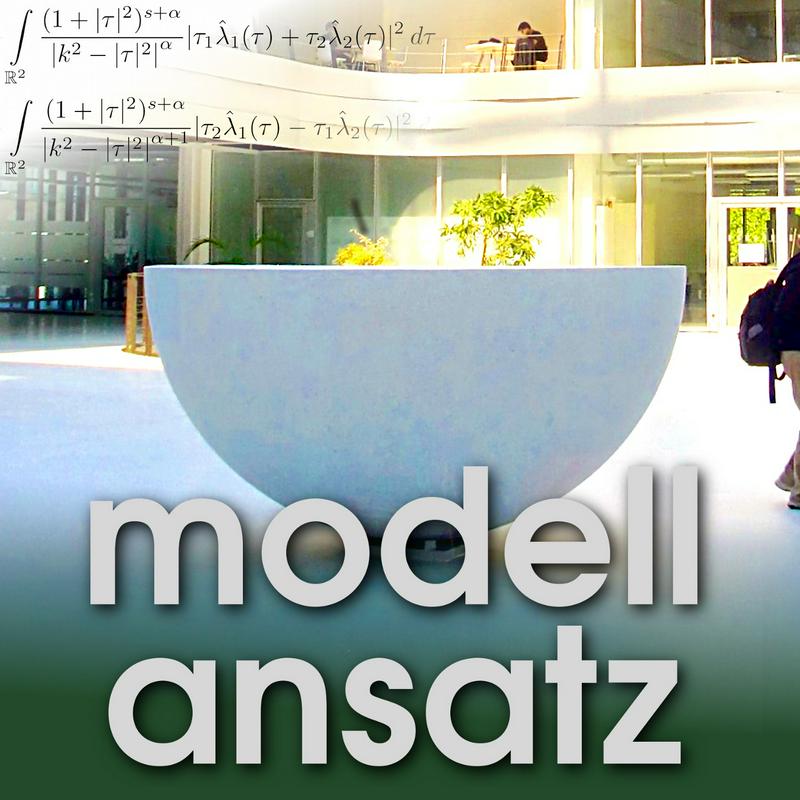Transparent Boundaries

If we are interested in the propagation of waves around a small region of interest, like e.g. an obstacle inside a very big ("unbounded") domain, one way to bring such problems to the computer and solve them numerically is to cut that unbounded domain to a bounded domain. But to have a well-posed problem we have to prescribe boundary conditions on the so-called artificial boundary, which are not inherent in our original problem. This is a classical problem which is not only connected to wave phenomena.
Sonia Fliss is interested in so-called transparent boundary conditions. These are the boundary conditions on the artificial boundaries with just the right properties. There are several classical methods like perfectly matched layers (PML) around the region of interest. They are built to absorb incoming waves (complex stretching of space variable). But unfortunately this does not work for non-homogeneous media.
Traditionally, also boundary integral equations were used to construct transparent boundary conditions. But in general, this is not possible for anisotropic media (or heterogenous media, e.g. having periodic properties).
The main idea in the work of Sonia Fliss is quite simple: She surrounds the region of interest with half spaces (three or more). Then, the solutions in each of these half spaces are determined by Fourier transform (or Floquet waves for periodic media, respectively). The difficulty is that in the overlap of the different half spaces the representations of the solutions have to coincide.
Sonia Fliss proposes a method which ensures that this is true (eventually under certain compatibility conditions). The chosen number of half spaces does not change the method very much. The idea is charmingly simple, but the proof that these solutions exist and have the right properties is more involved. She is still working on making the proofs more easy to understand and apply.
It is a fun fact, that complex media were the starting point for the idea, and only afterwards it became clear that it also works perfectly well for homogeneous (i.e. much less complex) media. One might consider this to be very theoretical result, but they lead to numerical simulations which match our expectations and are quite impressive and impossible without knowing the right transparent boundary conditions.
Sonia Fliss is still very fascinated by the many open theoretical questions. At the moment she is working at Ecole Nationale Supérieure des Techniques avancées (ENSTA) near Paris as Maitre de conférence.
Literature and additional material
- C. Besse, J. Coatleven, S. Fliss, I. Lacroix-Violet, K. Ramdani: Transparent boundary conditions for locally perturbed infinite hexagonal periodic media, arXiv preprint arXiv:1205.5345, 2012.
- S. Fliss, P. Joly: Exact boundary conditions for time-harmonic wave propagation in locally perturbed periodic media, Applied Numerical Mathematics 59.9: 2155-2178, 2009.
- L. Bourgeois, S. Fliss: On the identification of defects in a periodic waveguide from far field data, Inverse Problems 30.9: 095004, 2014.